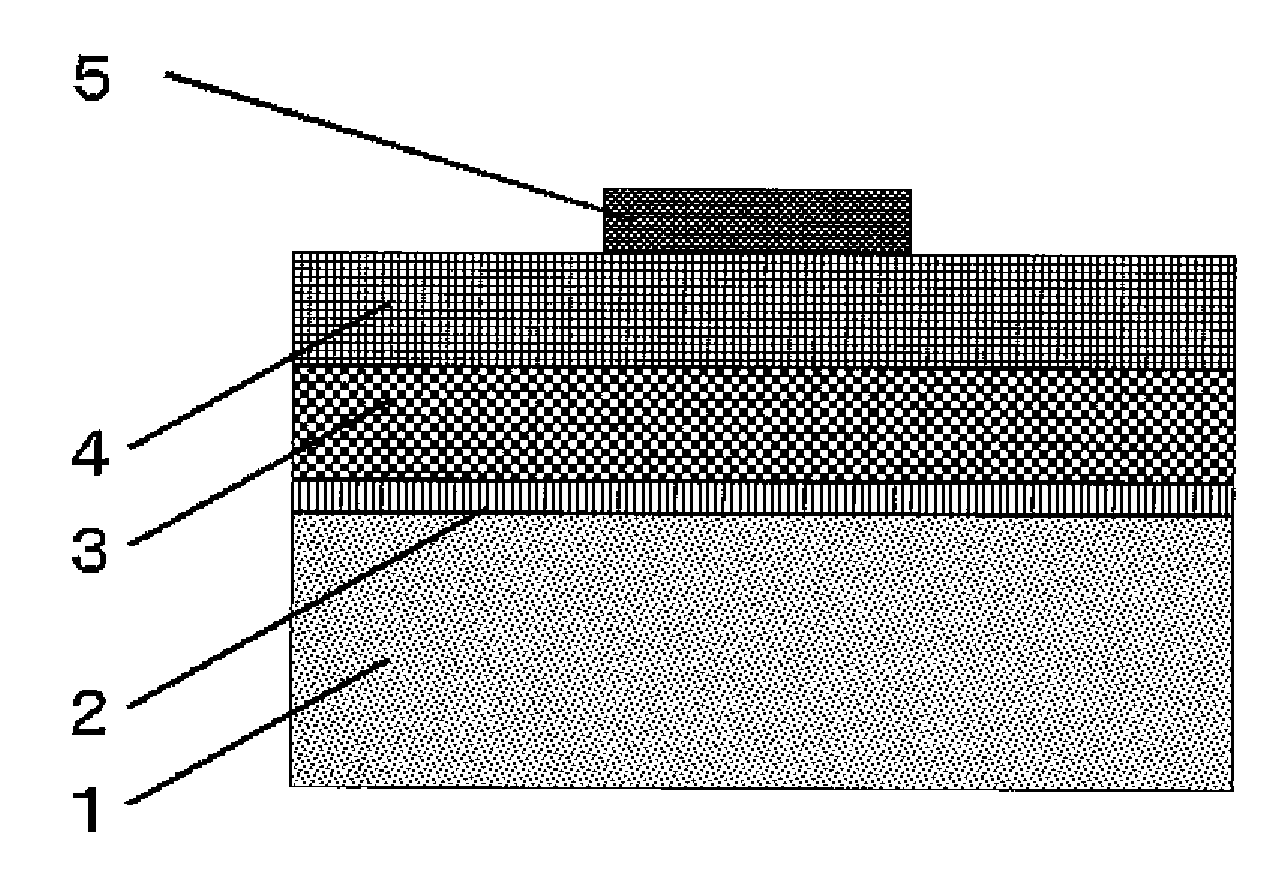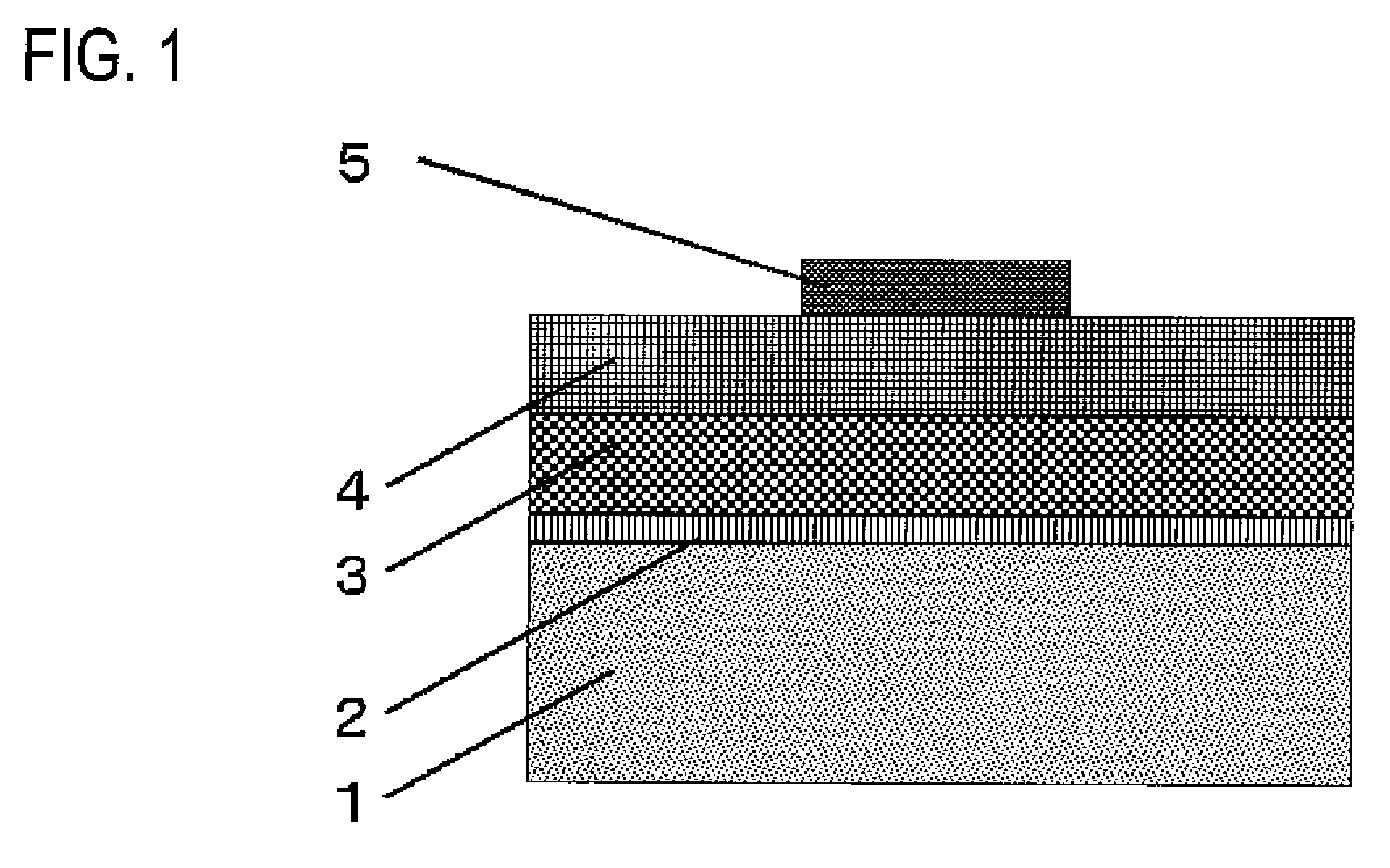Inorganic phosphor
a technology of organic phosphor and phosphorus, which is applied in the field of organic phosphor, can solve the problems of low luminescence efficiency of brochures, limited luminescence wavelength regions, and limited use, and achieve the effect of sufficient luminous efficiency and sufficient luminous efficiency
- Summary
- Abstract
- Description
- Claims
- Application Information
AI Technical Summary
Benefits of technology
Problems solved by technology
Method used
Image
Examples
example 1
[0079]Ir2(SO4)3 is weighed and mixed with ZnS in an amount shown below per 100 g of ZnS in terms of Ir element amount based on Zn element amount. After mixing in a mortar for 20 minutes or more, the mixture is calcined in vacuo at 1100° C. for 3 hours. After the calcination, the product is pulverized, washed with water, and dried to obtain an Ir-containing ZnS phosphor.
[0080]The wavelength and intensity of emitted light by photoluminescence (PL) upon excitation of the thus-obtained phosphor with 330-nm ultraviolet rays are shown in the following Table 1.
TABLE 1Wavelength ofIntensity ofDoping Amount ofEmitted Light byEmitted Light byIr2(SO4)3PLPLNotesSample A0No emission ofNo emission ofComparativelightlightExampleSample B1E−7 mol / mol Zn445 nm100Present InventionSample C1E−6 mol / mol Zn445 mn800Present InventionSample D1E−5 mol / mol Zn445 nm3200Present InventionSample E1E−4 mol / mol Zn445 nm1800Present InventionSample F1E−3 mol / mol Zn460 nm56Present InventionSample G1E−2 mol / mol Zn458 n...
example 2
[0083]A XIII Group-XV Group compound shown below is added in an amount also shown below to sample D described in Example 1, followed by mixing and calcining in vacuo at 700° C. for 6 hours. The results are shown in the following Table 2.
TABLE 2Doping AmountDoping Amount of XIIIof Ir2(SO4)3Group-XV Group CompoundSample I1E−5 mol / mol ZnInP; 2E−4 mol / mol ZnSample J1E−5 mol / mol ZnInSb; 2E−4 mol / mol ZnSample K1E−5 mol / mol ZnGaN; 2E−4 mol / mol Zn
[0084]It can be seen that emission of light by doping with Ir is more enhanced by the addition of the XIII Group-XV Group compound (comprising an element belonging to the Group 13 and an element belonging to the Group 15 of the periodic table). In particular, addition of InSb provides the highest PL light emission.
example 3
[0085]A direct-current driving type inorganic EL element is prepared by using the inorganic phosphor of samples D and H to K obtained in Examples 1 and 2 as inorganic fluorescent material. The structure of the direct-current driving type inorganic EL element is schematically shown in FIG. 1
[0086]A transparent electrode comprising a transparent glass substrate 1 having formed thereon a first electrode 2 of ITO in a thickness of 200 nm by sputtering is used as a substrate, and the inorganic phosphor of samples D and H to K each is vacuum-deposited to form a film on the substrate by means of an EB vacuum deposition apparatus. More specifically, the inorganic phosphor is disposed as a first vacuum deposition source, and selenium metal is disposed as a second vacuum deposition source. Vacuum deposition from the first vacuum deposition source is conducted at a constant film-forming rate, whereas vacuum deposition from the second vacuum deposition source in the former half of film formatio...
PUM
| Property | Measurement | Unit |
|---|---|---|
| voltage | aaaaa | aaaaa |
| frequency | aaaaa | aaaaa |
| voltage | aaaaa | aaaaa |
Abstract
Description
Claims
Application Information
 Login to View More
Login to View More - R&D
- Intellectual Property
- Life Sciences
- Materials
- Tech Scout
- Unparalleled Data Quality
- Higher Quality Content
- 60% Fewer Hallucinations
Browse by: Latest US Patents, China's latest patents, Technical Efficacy Thesaurus, Application Domain, Technology Topic, Popular Technical Reports.
© 2025 PatSnap. All rights reserved.Legal|Privacy policy|Modern Slavery Act Transparency Statement|Sitemap|About US| Contact US: help@patsnap.com


